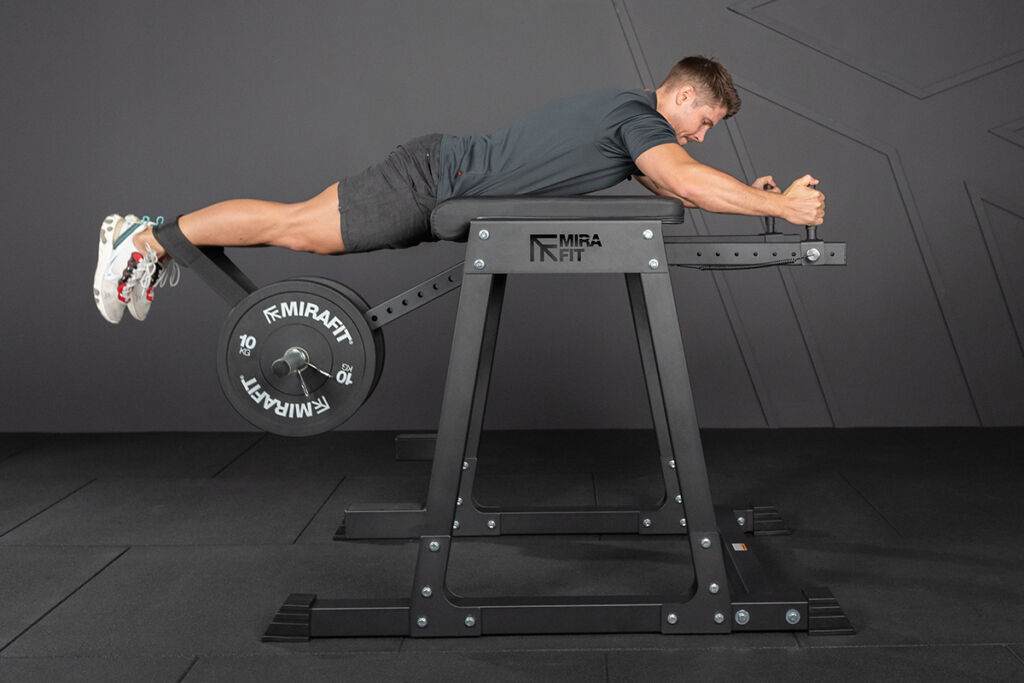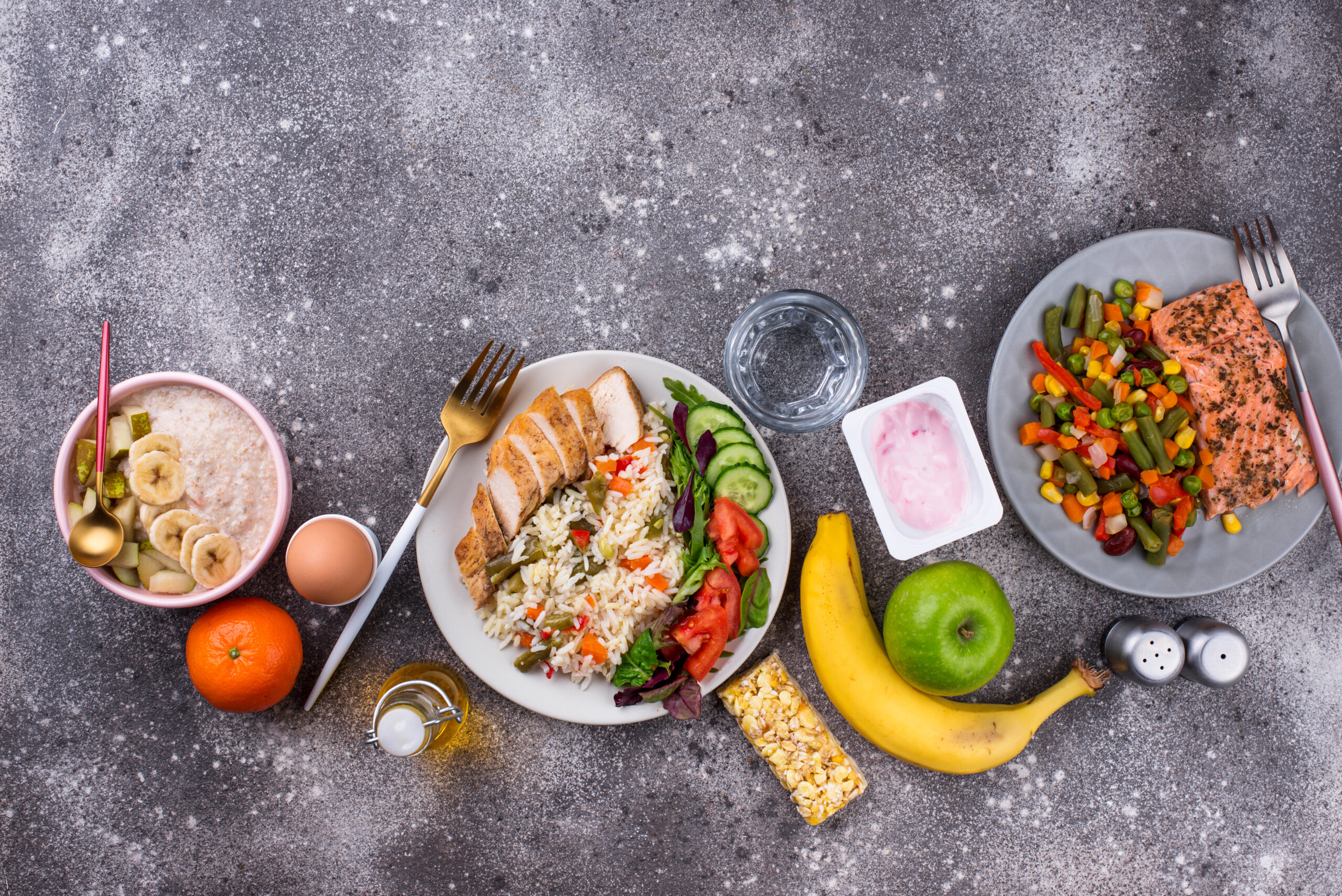Whether you’re looking to build muscle, shed a few pounds, or simply improve your overall well-being, one thing’s for sure: it all starts with what you put on your plate. However, much like everything in the world of fitness, there’s a ton of information that can make things daunting for a beginner. Should you go no carb? Low fat? Do I have to eat organic? What’s the best protein supplement?
If you’re reading this, I’m sure you have a lot of those types of questions. But don’t worry, I’m here to simplify things for you. I promise it’s not that difficult and you’ll be on the path to healthier eating in no time.
Before we go on, a quick disclaimer: this is general nutrition information for most people. Certain individuals with specific conditions/goals will require a more nuanced dietary approach.
With that said, let’s dive into the essential guidelines for men who are ready to embrace a healthier way of eating.
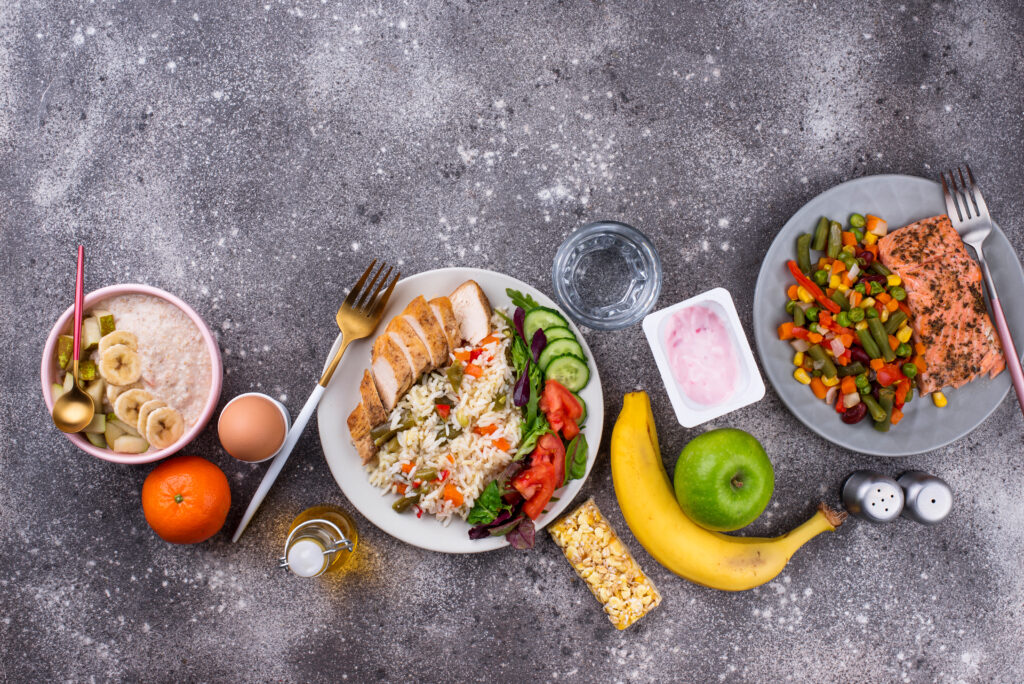
Focus on Whole Foods
Eating mostly real, whole, unprocessed foods is principle #1. If you couldn’t hunt, fish, pluck, grow, or ferment/culture the food, then you probably shouldn’t eat it.
This means focusing on the perimeter of the grocery store. All of your heavy hitters like meat, fish, fruits, vegetables, nuts, and dairy are found here and should make up the majority of your shopping list. These nutrient-dense foods provide your body with the essential fuel it needs to perform at its best, whether you’re hitting the gym, crushing deadlines at work, or chasing after the kids.
Make quick trips into the aisles for things like cooking oil, nut butters, seasonings, and tea/coffee, then get out. The interior is full of junk in boxes and plastic wrappers, AKA things we want to avoid.
I also recommend striving for food that’s as close to its natural state as possible. This means meat, eggs, dairy, etc. from pasture-raised/grass-fed animals, wild-caught fish, seasonal produce, and shopping organic. No, it’s not a requirement, but it is recommended due to these types of food having less antibiotics, hormones, pesticides, and other endocrine-disrupting rubbish we don’t want to be ingesting.
Building Your Meals
Each meal should be built around a good protein source. This will ensure that you’re taking in an adequate amount of protein, which should be roughly 1.6-2.4 grams per kilogram of bodyweight, and it keeps you satiated between meals. Whether it’s eggs for breakfast, grilled chicken for lunch, or a protein shake after your workout, make protein a priority to fuel your gains.
Carbohydrates should come in the form of high-quality sources like vegetables, fruits, potatoes, rice, beans/lentils, etc. Throw in some healthy fats, like tree nuts, avocado, or the natural fat found in dairy or red meat, and you’ll have yourself a healthy, well-rounded meal. Speaking of fat, don’t be afraid of it. Fat is essential for proper hormone production and it will not make you fat on its own.
Don’t get too caught up in how much of each to eat. Start with a serving of your protein source and fill in the carbs and fat around it. Eat enough to make you feel satisfied, not full. You can always adjust the amount later depending on your goals/results.
Drink Plenty of Water
Proper hydration is key to maintaining optimal performance and health, both in and out of the gym. Aim to drink at least half your body weight in ounces of water each day. An easy way to accomplish this is by carrying a reusable water bottle with you wherever you go. You can also get fluids from foods like herbal teas, fruits, and vegetables, but make sure most of your intake is coming directly from water.
Yes, it’s OK to drink beverages other than water. Just make sure that it’s mostly single ingredient, zero/low calorie beverages. Liquid calories can add up quickly if you’re not paying attention. Diet soda is fine in moderation, but don’t go crazy with it.
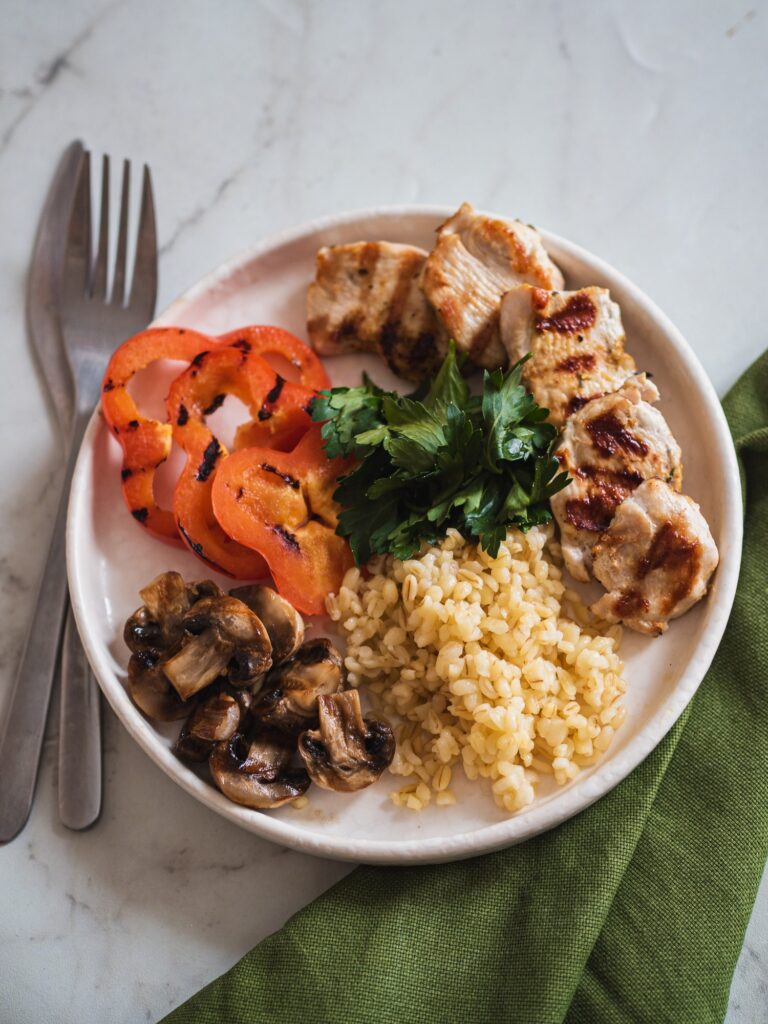
Plan and Prep
Failing to plan is planning to fail. Set yourself up for success by planning and prepping your meals ahead of time. Spend a few hours each week grocery shopping, meal prepping, and batch cooking so that healthy options are always at your fingertips.
Invest in quality storage containers (ditch the plastics!), stock your pantry with staple ingredients, and get creative with flavor combinations to keep your taste buds excited and satisfied. Healthy eating doesn’t have to be plain and boring. All it takes is a simple internet search and you’ll get dozens of new ways to add flavors to your food.
Be Smart with Supplements
Dietary supplements should be used to enhance, not replace, a healthy diet. Focus on getting the above recommendations in order before worrying about what supplements to take.
While most supplements aren’t necessary, some can definitely add value to your health. Basic choices like vitamin D, probiotics, and protein powder can help fill daily intakes that you may not get even with healthier eating.
Just remember that a balanced diet full of whole foods will provide most people with the majority of necessary vitamins and nutrients.
Seek Support
Changing your eating habits can be challenging, but you don’t have to do it alone. Surround yourself with a community of like-minded individuals who share your goals and values, whether that be friends, family, or an online fitness group.
Be ready for others to doubt you or question you, most likely because they’re unhappy with their own health. Lean on your community for encouragement, accountability, or recipe ideas as you navigate your journey towards healthier eating together.
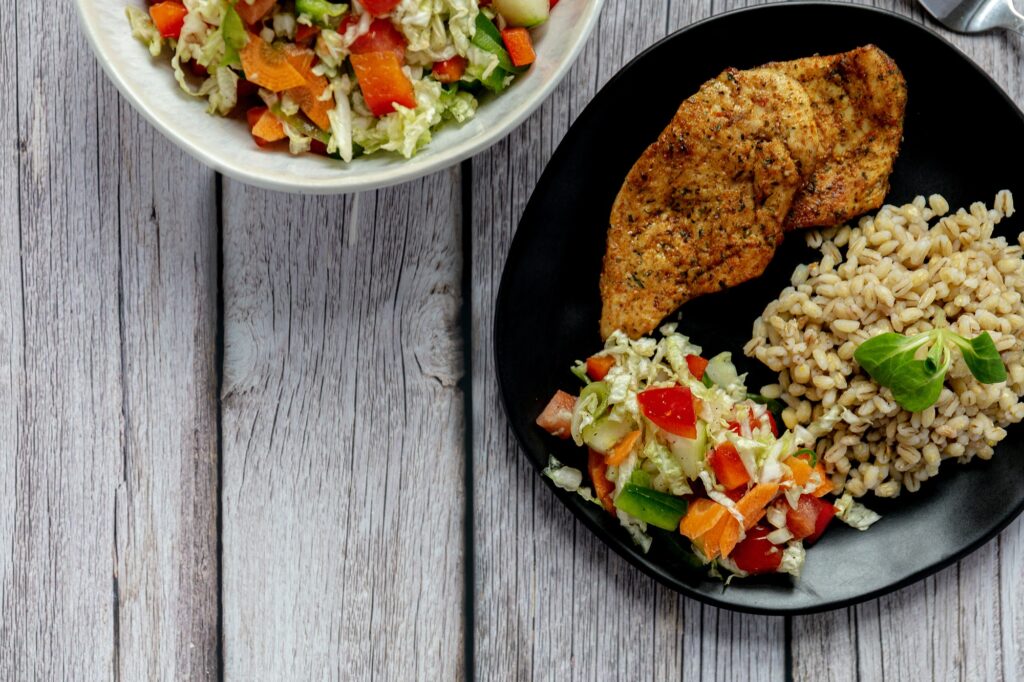
Sample Grocery List
Like I mentioned before, all items are ideally organic/grass-fed/pasture-raised/wild-caught, but it’s not necessary. Don’t feel like you need to spend all of your money in order to eat healthy, because you don’t.
Meat, Dairy & Eggs:
- Ground bison
- Chicken breasts
- Ground beef
- Salmon fillets
- Cheese
- Greek yogurt
- Eggs
- Milk
Vegetables & Fruit:
- Carrots
- Bell peppers
- Broccoli
- Cucumber
- Sweet onions
- Tomatoes
- Mixed frozen vegetables
- Apples
- Bananas
- Oranges
Grains:
- Basmati rice
- Chickpeas
- Old-fashioned oats
- Quinoa
- Ezekiel bread
- Ezekiel tortillas/wraps
Fats & Miscellaneous:
- Milled flax seeds
- Almonds
- Cashews
- Pesto
- Guacamole
- Salsa
- Extra virgin olive oil
- Butter
- Garlic
- Salt & pepper
- Spices & herbs
- Coffee
Obviously, there are many other foods that can be added or swapped with something shown here, but this gives you an idea of what a healthy shopping cart looks like. Find the foods that work best with your taste buds and budget.
Conclusion
Starting a healthy eating journey as a man doesn’t have to be daunting or complicated. By prioritizing whole foods, focusing on protein, staying hydrated, and finding what works best for you, you can fuel your body, boost your performance, and crush your goals like a boss. So bust out the spice rack, sharpen your knives, and get ready to fuel your fire with delicious, nutritious food. You’ve got this!


